SPINEL, THE QUEEN OF GEMSTONES
It has become the “Spinel Era” now. Spinel is no longer considered “The Great Impostor” but is appreciated for its own fantastic attributes from nature. With its association with royalty, it is on the verge of becoming the next potential queen of gemstones.
what is spinel?
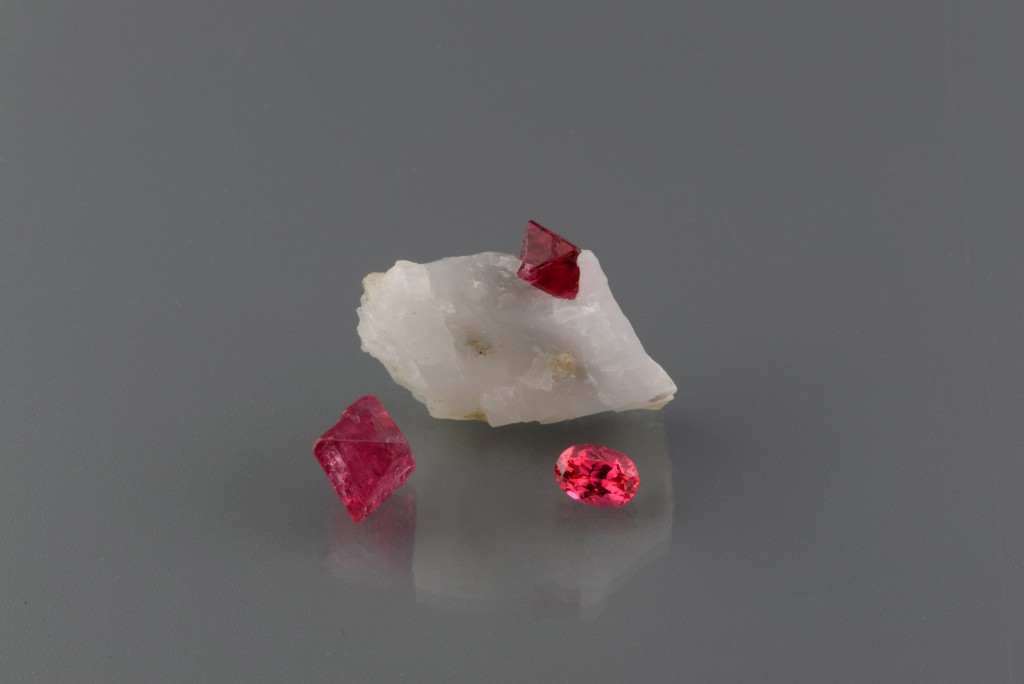
The name Spinel is derived from the Latin word “spina” which means thorn or spine, in reference to the pointed crystal formations often found in Spinel.
Spinel is a mineral that comes in a variety of colors, from colorless, red, pink, orange, blue, purple, to even black. It is a hard and durable stone, with a rating of 8 on the Mohs scale of mineral hardness, making it an excellent choice for jewelry.
It was highly prized by the ancient Greeks and Romans, who believed that spinel could protect them from harm and bring them good fortune, wealth, and prosperity.
HISTORY
Spinel is a gemstone that has a rich and fascinating history. One of the reasons for its relatively low profile in the gemstone world is that it is often confused with better-known stones like ruby and sapphire. In fact, spinel and ruby were often found in the same mines, which would have further confused these two very similar looking stones
It wasn’t until 1783 that the French mineralogist Jean-Baptiste Louis Romé de l’Isle developed a test that showed a spinel was not a ruby, leading to greater clarity in gemstone identification. This confusion in identification has resulted in several famous gemstones being thought to be rubies, but later identified as spinels. For example,
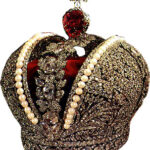
the 398-carat red gem that tops the Imperial Crown of Russia commissioned by Catherine the Great in 1763 was thought to be a ruby, but turned out to be a spinel.
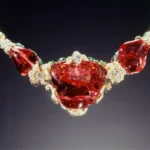
Similarly, the 361-carat Timur Ruby, which was presented by the East India Company to Queen Victoria as a gift in 1851, was also later identified as a spinel.
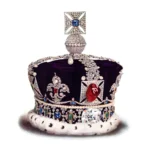
Even the 170-carat Black Prince Ruby, which is prominently displayed on the Imperial State Crown of England, was, in fact, an uncut spinel
During the 19th century, spinel became popular as a gemstone in its own right. It was often used in Victorian-era jewelry and was highly valued for its bright colors and durability. Today, spinel continues to be a popular gemstone for jewelry, prized for its beauty and durability.
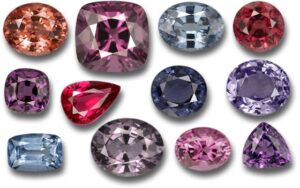
properties that rival gemstones such as diamond, ruby, and sapphire
Spinel is an exquisite gemstone that has been highly valued for centuries due to its brilliant colors and exceptional durability. here are some remarkable features of Spinel;
- Its level of brilliance, which is almost similar to that of diamond.
- It also has a higher clarity compared to Corundum.
- Spinel is almost as durable as Corundum, making it an excellent choice for jewelry.
- It offers a wide range of colors, including black, blue, purple, green, orange, pink, red, grey, and colorless
- Spinel is also unique in that it requires no treatments to enhance its color or clarity, unlike ruby and sapphire, which often undergo heat treatment to improve their appearance.
- Its natural beauty is truly remarkable and rare.





